Anyone who has taught a day or two can tell you that it is a rare event that you might teach a new concept and 100% of your students master said concept. I would say that 99.99% of the time, there is a student or a group of students who are not ready for mastery. Potentially they have gaps in the skills needed to master the concept, or maybe they just need more time. Today, I am sharing 5 steps to effective small group instruction.
The best principal I ever worked for used to say that, “Everyone can learn: some just need more time.”
While we do have on-level classes, and pre-AP classes, and intervention classes, we still have individual students in our classrooms with individual needs, and so we will all face the same question at one time or another.
What do we do when our students are not on the same level?
5 steps to effective small group instruction
Oftentimes, there are large discrepancies. Perhaps a 7th grader is lacking a foundational understanding of fractional concepts, so when it comes to multiplying and dividing fractions, they are lost. More often than not, I hear that students are lacking number sense and basic number operations.
I would love to outline a simple yet powerful plan.
1. Quickly assess who is struggling
This can be as simple as an exit ticket or as formal as a pre-assessment. You can use the data that you already have to determine who needs your support.
2. Pull a small group of students
Now that you know who needs your support (and also who could benefit from enrichment), you can create a small group of students who generally need the same level of support. Obviously, this isn’t going to be perfect, but do the best you can.
3. Keep it quick
Remember that you want them to be doing the work. Don’t try to reteach a lesson verbatim. Do a quick 1-2 minute review, and then begin scaffolding the skills, looking for misconceptions and stumbling blocks.
4. Scaffold the skills
For example, with percent proportions it might look like this:
“Let’s quickly review the parts of a percent proportion” (while sketching on a dry erase board)
“Awesome! So, if I say to find 25% of 50, what would your proportion look like? Don’t solve it.”
I suggest using friendly numbers to minimize confusion and focus on the skills.
Practice a few more like that.
Practice the different variations of setting up the proportion. Still no solving.
Give students an opportunity to set up the proportions on their own. At this point, you have targeted the skill of setting up a percent proportion. Jot down this skill and their mastery of it in any recording documentation you may keep.
[Depending on time and the number of groups you want to meet with, you might stop here and pick up the next time.]
“Now, let’s practice setting up percent proportions from a real-life situation.”
Give an example, and be sure that everyone can see and read the example. I would recommend a task card-size example for each student to be able to read and mark (if laminated).
“Read the question to yourself quietly.”
“Isabelle, will you please read it for our group?”
“What is happening in the problem?”
“What information do we know?”
“How can we take the information we know and apply it to a percent proportion?”
“Show me how you would set this up as a percent proportion, but don’t solve it.”
Check and individually correct any misconceptions. Look for patterns. If a student is doing well, then give them another problem to try. Let them move ahead.
At this point, you have targeted the skill of setting up a percent proportion in a real-life situation. Jot down this skill and their mastery of it in any recording documentation you may keep.
[I would personally stop here for the sake of time and moving to another group. I also believe that you have targeted the biggest misconception when solving percent problems: the set-up.]
Your students have felt successful. They have worked on two specific skills. They have not spent the entire time trying to do the multiplication and division required to solve. Everyone is winning! You have built confidence in them. Your group was quick enough that “hopefully” only a few students got off task.
5. Record and repeat
I mentioned making any required notes above, but in reality I do think it’s important to keep notes on your students and/or groups. This is beneficial for many people:
- You: the more things you are not trying to remember in your head, the better
- Your students: you can better direct them, better advocate for them, and better communicate with parents and any team members about their progress
I have an entire post with ideas for documenting intervention (including a video), as well as a math intervention binder that you might find useful. I also have a Progress Monitoring freebie for you to grab if you need a way to record your students’ small group progress.
I would love to know your thoughts on effective small group instruction and how you facilitate it. Please share your thoughts in the comments.
Click to find out more about Maneuvering Math™.
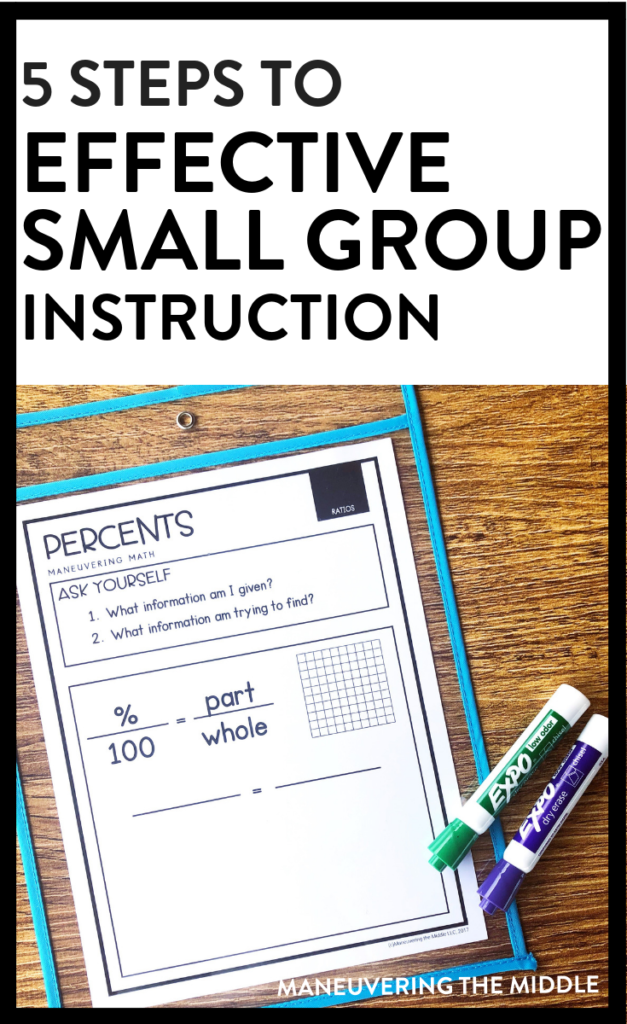
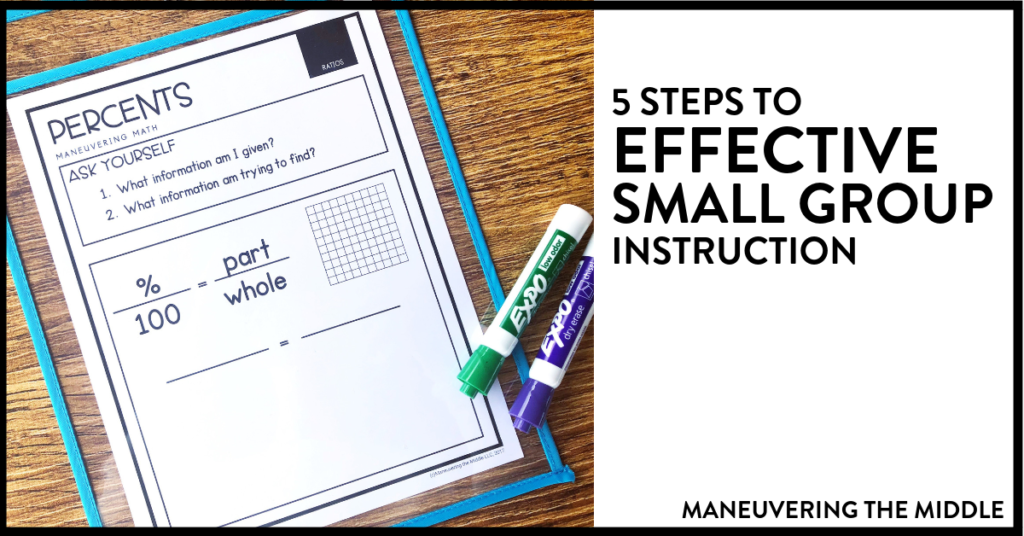
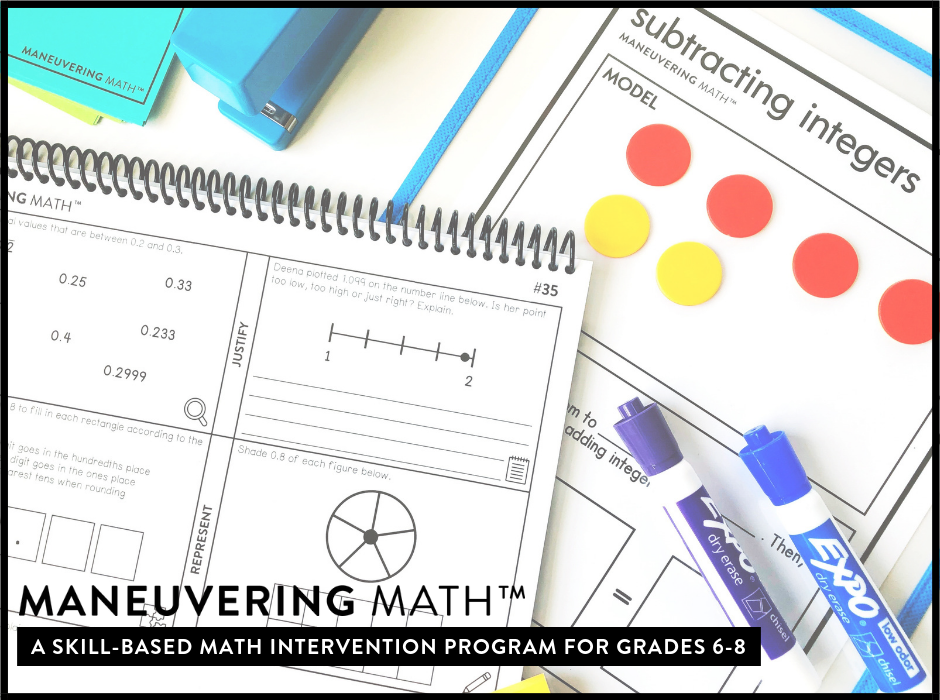
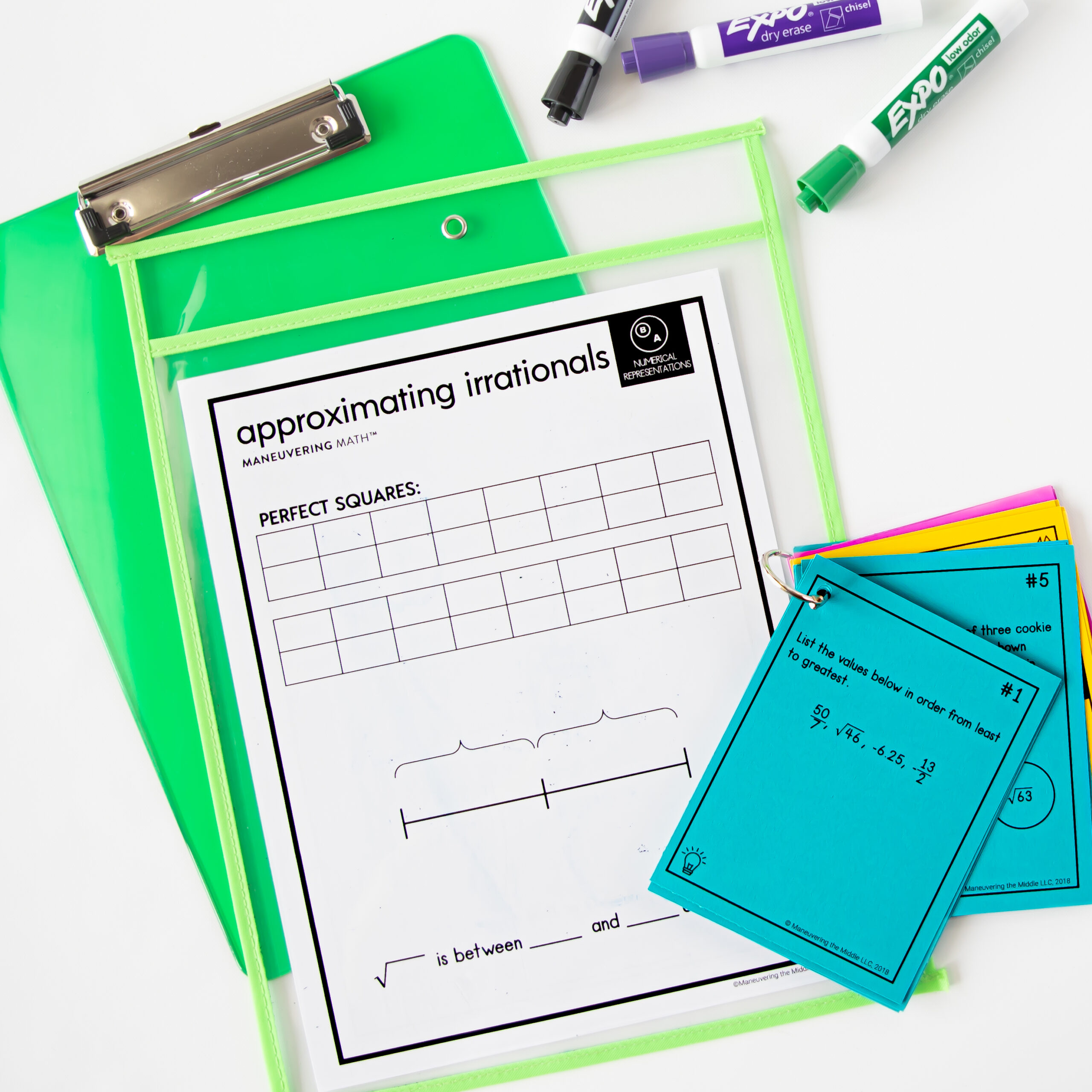
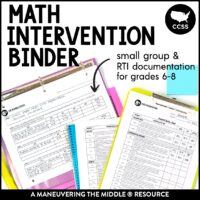
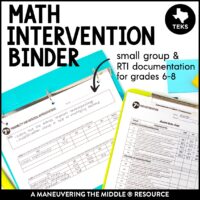

I love this. I often forget that I can scaffold and not try to get through every step in a single small group time. I do have a question about their independent practice then. Do you assign them a different assignment or do you grade it looking for only those things you went over that day?
Thanks for all of your help with math interventions. I find myself on your blog frequently.
Thank you for your kind words, Cassie! I think you could do a few things — just grade what you went over or only ask them to complete that portion. In my example, you could even give them a calculator once the proportions have been set up.
Hi Noelle,
I love, love, love everything you do!
When you are working with small groups, are your other kids working independently on homework?
~Suzette
Hi, Suzette – Yes and yes!
This seems like a basic question, but one thing I struggle with at times is creating an activity for the rest of the class to do while I am working with the small group that needs extra support. Do you have the large group do more practice, even if it seems like they have mastered the skill? Or do you have them do something more in the “enrichment” category and what sort of resources do you use for that? My goal is always to find something that they can do independently (so I can focus on the small group) but that doesn’t feel like “busy work”. Thanks for your thoughts!
Hi, Emily – Here are some ideas for students not in your small group: https://www.maneuveringthemiddle.com/managing-small-group-instruction/
Your work is so helpful!
The math intervention binder link appears broken–takes us to TPT site that says content is not available.
Hi, Debbie! Thanks for letting me know. I am going to fix that right now!
What do you do with the rest of your class while you’re in small groups. I teach 8th grade and I’m trying to get them to be more independent. My curriculum goes super fast!
Hi, Amy! We talk about some of the things you can do with the rest of your class in this post. https://www.maneuveringthemiddle.com/managing-small-group-instruction/ Best of luck!